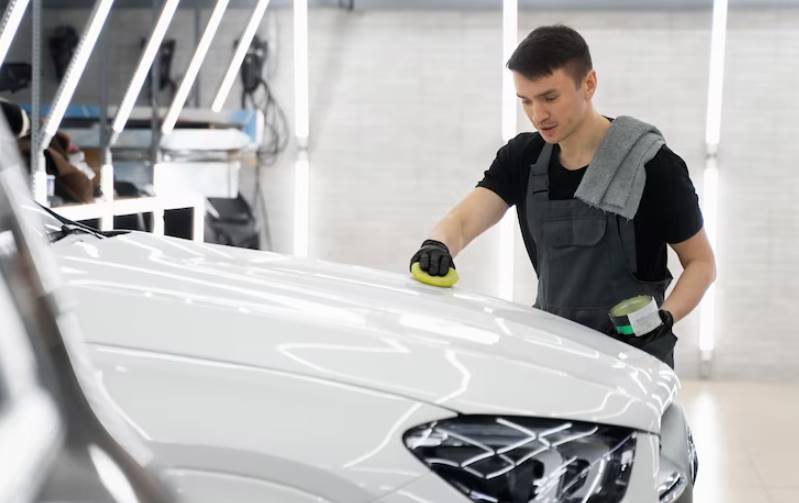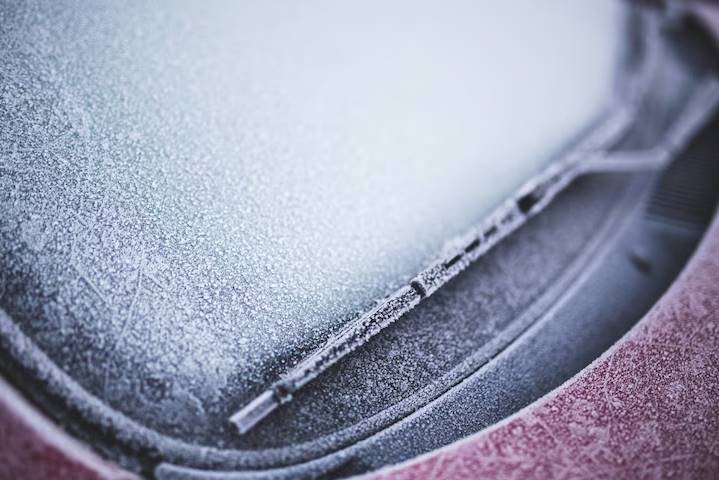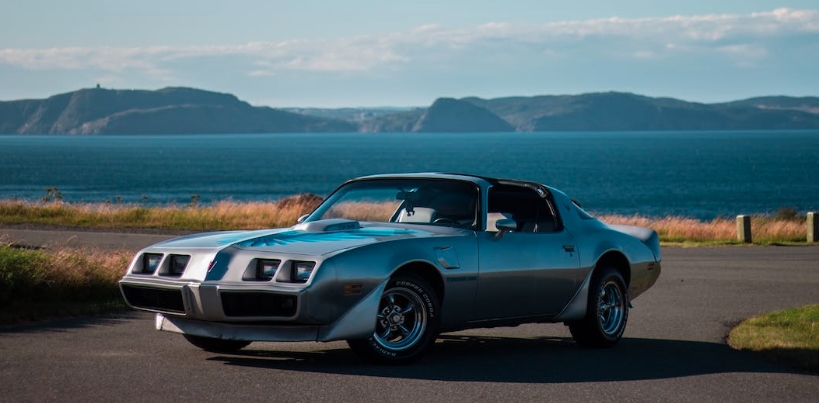Snowy weather can be beautiful, but it also comes with some hazards, especially when trying to drive a car. Snow and ice on the windshield, windows, and mirrors can make it hard to see, making driving dangerous. This is why it is vital to have an ice scraper and know how to use it correctly. In this blog post, we will go through the steps on how to use an ice scraper properly.
Start with the Snow Brush
Before you start scraping the ice, you will need to remove any snow that has accumulated on your car. Use the snow brush to remove any loose snow from the top of your car, hood, and windows. This will make it easier to focus on the ice that needs to be removed.
Choosing the Right Ice Scraper
Having the right ice scraper can make a big difference when it comes to removing ice from the car. When looking for an ice scraper, choose one that is sturdy, has a comfortable grip, and has a blade that is made of plastic or rubber. Avoid using metal blades as they can scratch the car’s surface.

Use the Ice Scraper Properly
When using the ice scraper, make sure to hold it at a comfortable angle and use firm, but not too much pressure. Start at the top of the windshield and work your way down, using the scraper in a back-and-forth motion. If the ice is particularly stubborn, you can try placing a towel soaked in warm water on the ice for a few minutes before using the scraper.
Starting with the Windshield
Begin by clearing the snow off the windshield with a snow brush. Once you have removed the snow, hold the ice scraper at a flat angle and start scraping the ice from the top of the windshield down to the bottom. Avoid using too much pressure or scraping at an angle. If the ice seems too thick, use small, gentle strokes, until it is completely removed.
Scraping the Rear Windshield
The process of scraping the rear windshield is similar to the front windshield. However, some cars have a defrosting feature that can help melt the ice. Before using the ice scraper, turn on your car’s defrosting feature and let it run for some time to soften the ice.
Don’t forget to clear the mirrors once you have done the windows and windshields. Use your ice scraper to remove any ice, and then use a microfiber cloth to wipe them clean.
Removing the Ice from the Side Windows
Using the same technique, remove any ice on the side windows. But be careful not to apply too much pressure or force, as this can damage the surrounding seals. If the ice is too thick, try using warm water to melt it before scrapping it away.
While it may be tempting to just scrape away at the ice on the windows, it is important to remember to be gentle. Too much pressure or an incorrect angle can cause scratches or cracks in the glass, which can be expensive to fix. Instead, use a light touch and let the scraper do the work for you.
Don’t Forget the Wiper Blades
In addition to the windows and windshield, you will also need to take care of the ice on your wiper blades. Gently lift the blades up and away from the windshield and use the scraper to remove any ice. Be careful not to tug on the blades too hard or you could damage them.
Finishing Up
After you have cleared all the windows and mirrors, use a snow brush to remove any remaining snow from the car’s roof and other parts. It is essential to ensure that all the snow has been removed to avoid any accidents while driving.
Conclusion
Removing ice from your car isn’t always an easy task, but with the right technique and tools, you can do it safely and efficiently. Using an ice scraper can save you time and money in the long run by helping to reduce damage caused by using other tools and methods. Remember to always use gentle strokes and avoid using metal blades on your car’s surface. Follow these tips, and you’ll be ready to take on the winter season with confidence!
FAQs – How to Properly Use an Ice Scraper on Your Car
1. What is the best technique for using an ice scraper on my car?
The best technique for using an ice scraper is to hold it at a 45-degree angle against the car’s surface and apply moderate pressure. Push the scraper away from you in short, firm strokes to break up the ice. Make sure not to use excessive force, as it may damage your car’s paint or windows.
2. Should I start my car and turn on the defroster before using an ice scraper?
Yes, starting your car and turning on the defroster for a few minutes before scraping can help soften the ice, making it easier to remove. Ensure that your car’s airflow is directed towards the windshield and rear window to maximize the effectiveness of the defroster.
3. Can I use hot water to melt the ice on my car instead of using an ice scraper?
Using hot water to melt ice on your car is not recommended, as the sudden temperature change can cause the glass to crack or shatter. Stick to using an ice scraper and your car’s defroster to safely remove ice from your vehicle.
4. How do I properly clean ice off of my car’s mirrors, wipers, and lights?
For mirrors and lights, use the flat edge of the ice scraper to gently remove ice. Be cautious not to apply too much pressure, as this could damage the surfaces. For wipers, lift them away from the windshield and carefully remove any ice buildup with the scraper. Make sure to clear the area where the wipers rest on the windshield as well.
5. What type of ice scraper should I use for my car?
Choose an ice scraper made from durable materials, such as hard plastic or metal. Ensure it has a comfortable grip and a flat edge for scraping. Some scrapers also feature a brush or squeegee on the opposite end, which can be helpful for removing snow and slush from your car’s surfaces.
6. How do I prevent ice buildup on my car in the first place?
To minimize ice buildup on your car, park your vehicle in a garage or under a carport if possible. If you must park outside, consider using a windshield cover to protect your car’s glass surfaces from ice and snow. Additionally, applying a hydrophobic windshield treatment can help repel water and reduce the likelihood of ice forming.

















